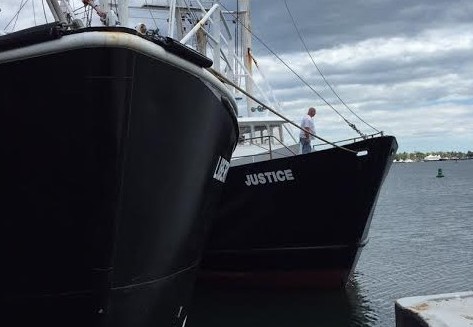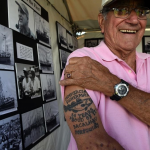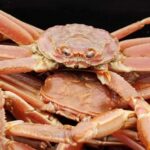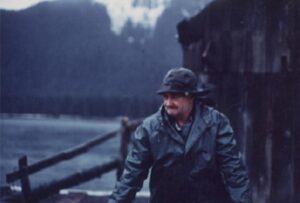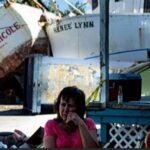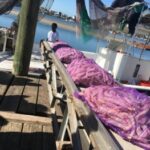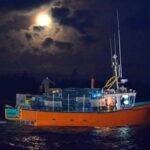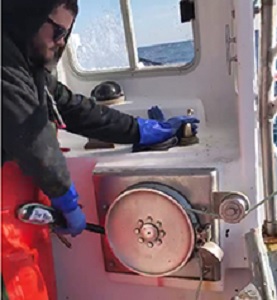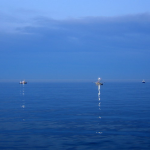Tag Archives: F/V Justice
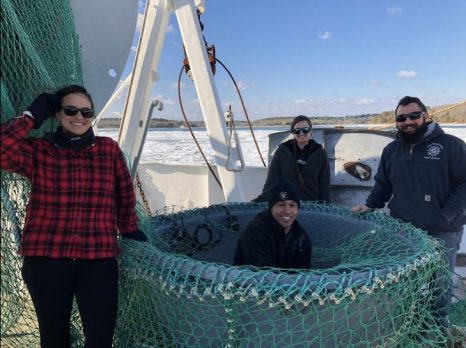
Don Cuddy – SMAST codfish counting innovation looks promising
Last December the New England Fishery Management Council voted to increase the amount of cod available to commercial fishermen in the Gulf of Maine by 39% for the 2018 fishing year. This is welcome news. New England fishermen have endured some lean years since 2013 when the cod quota was slashed by 78 percent after new data incorporated into the 2011 assessment indicated that the stock was lower than previously estimated-obviously a great deal lower. Estimating how many codfish might be out there at any given time is the greatest challenge facing fishery managers and the numbers have been subject of much controversy, with fishermen continually decrying the “best available science” as inadequate. >click to read< 19:25
This is exciting! SMAST scientists improving cod counting technology
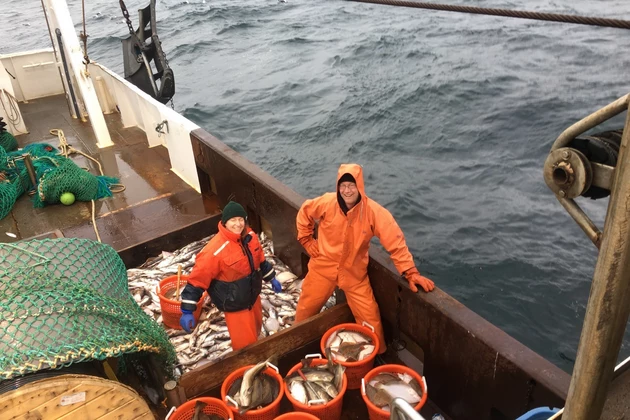 A new video system designed by UMass Dartmouth School for Marine Science and Technology (SMAST) scientists to assess the population of cod has passed its first major test, giving the researchers confidence that they can use this new approach to help improve the accuracy of future scientific assessments of this iconic species. Recent stock assessments indicate that the Gulf of Maine cod population is low and struggling to recover. Members of the fishing industry contest those results, suggesting the stock is much healthier than depicted in recent assessments. Video, Read the rest here 06:03
A new video system designed by UMass Dartmouth School for Marine Science and Technology (SMAST) scientists to assess the population of cod has passed its first major test, giving the researchers confidence that they can use this new approach to help improve the accuracy of future scientific assessments of this iconic species. Recent stock assessments indicate that the Gulf of Maine cod population is low and struggling to recover. Members of the fishing industry contest those results, suggesting the stock is much healthier than depicted in recent assessments. Video, Read the rest here 06:03
Counting Fish – The full documentary can be seen here!
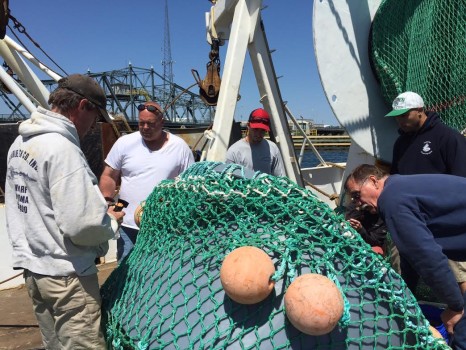 New England groundfishermen are in trouble. The annual catch limits are now set so low that many boats remain tied to the dock. But controversy abounds. The fishing industry has expressed no confidence in the NOAA trawl survey that provides the raw data for the stock assessment. But counting fish in the ocean is no easy task. While everyone agrees that more and better data is needed NOAA Fisheries says its resources are already overtaxed. UMass Dartmouth marine scientist Kevin Stokesbury believes he may have found a solution- using cameras to record fish passing through a net that is intentionally left open, allowing them to escape unharmed. For an unvarnished look into the world of commercial fishing and cutting-edge marine research, join the crew of the F/V Justice of New Bedford for this May 2015 research trip to the famed fishing ground of Georges Bank. Watch the full documentary here. 12:51
New England groundfishermen are in trouble. The annual catch limits are now set so low that many boats remain tied to the dock. But controversy abounds. The fishing industry has expressed no confidence in the NOAA trawl survey that provides the raw data for the stock assessment. But counting fish in the ocean is no easy task. While everyone agrees that more and better data is needed NOAA Fisheries says its resources are already overtaxed. UMass Dartmouth marine scientist Kevin Stokesbury believes he may have found a solution- using cameras to record fish passing through a net that is intentionally left open, allowing them to escape unharmed. For an unvarnished look into the world of commercial fishing and cutting-edge marine research, join the crew of the F/V Justice of New Bedford for this May 2015 research trip to the famed fishing ground of Georges Bank. Watch the full documentary here. 12:51
1 fish, 2 fish: Film examines new seafood counting technology
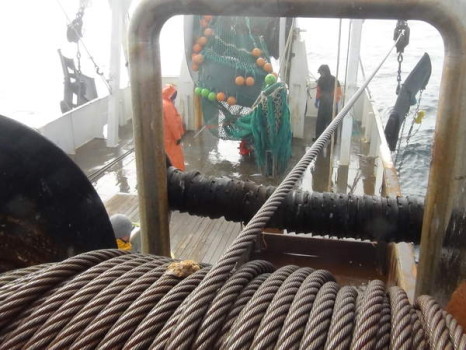 It appears to be an unanswerable question: “How many fish are in the ocean?” But marine research scientist Kevin Stokesbury is searching for that number, and his findings could have far reaching implications for fisherman facing catch limits. Part of Stokesbury’s efforts have been documented in “Counting Fish”, a film shot and produced by Mattapoisett’s Don Cuddy. In the 1990s, Stokesbury developed new video technology that brought big changes to the scallop industry. The methods showed that scallops were being undercounted with the old methods, drastically increasing catch limits for New Bedford fishermen. Read the rest here 08:01
It appears to be an unanswerable question: “How many fish are in the ocean?” But marine research scientist Kevin Stokesbury is searching for that number, and his findings could have far reaching implications for fisherman facing catch limits. Part of Stokesbury’s efforts have been documented in “Counting Fish”, a film shot and produced by Mattapoisett’s Don Cuddy. In the 1990s, Stokesbury developed new video technology that brought big changes to the scallop industry. The methods showed that scallops were being undercounted with the old methods, drastically increasing catch limits for New Bedford fishermen. Read the rest here 08:01
Experimental Gear – Another try at video-counting the fish – Video
The black hull of owner Danny Eilertsen’s![]() F/V Justice emerged in the distance on Tuesday as a half dozen marine researchers from UMass Dartmouth waited on Union Wharf in Fairhaven. Eilertsen’s boat is playing host to the second round of testing of a radically different method of counting fish, a notoriously difficult thing to do, but the thing that everybody says they want and need. Among those climbing aboard was Dr. Kevin Stokesbury, more@sct
F/V Justice emerged in the distance on Tuesday as a half dozen marine researchers from UMass Dartmouth waited on Union Wharf in Fairhaven. Eilertsen’s boat is playing host to the second round of testing of a radically different method of counting fish, a notoriously difficult thing to do, but the thing that everybody says they want and need. Among those climbing aboard was Dr. Kevin Stokesbury, more@sct






